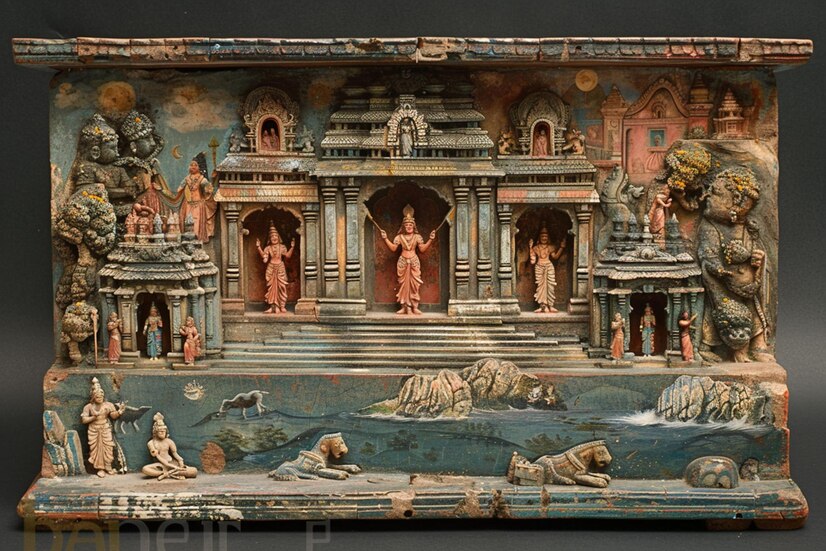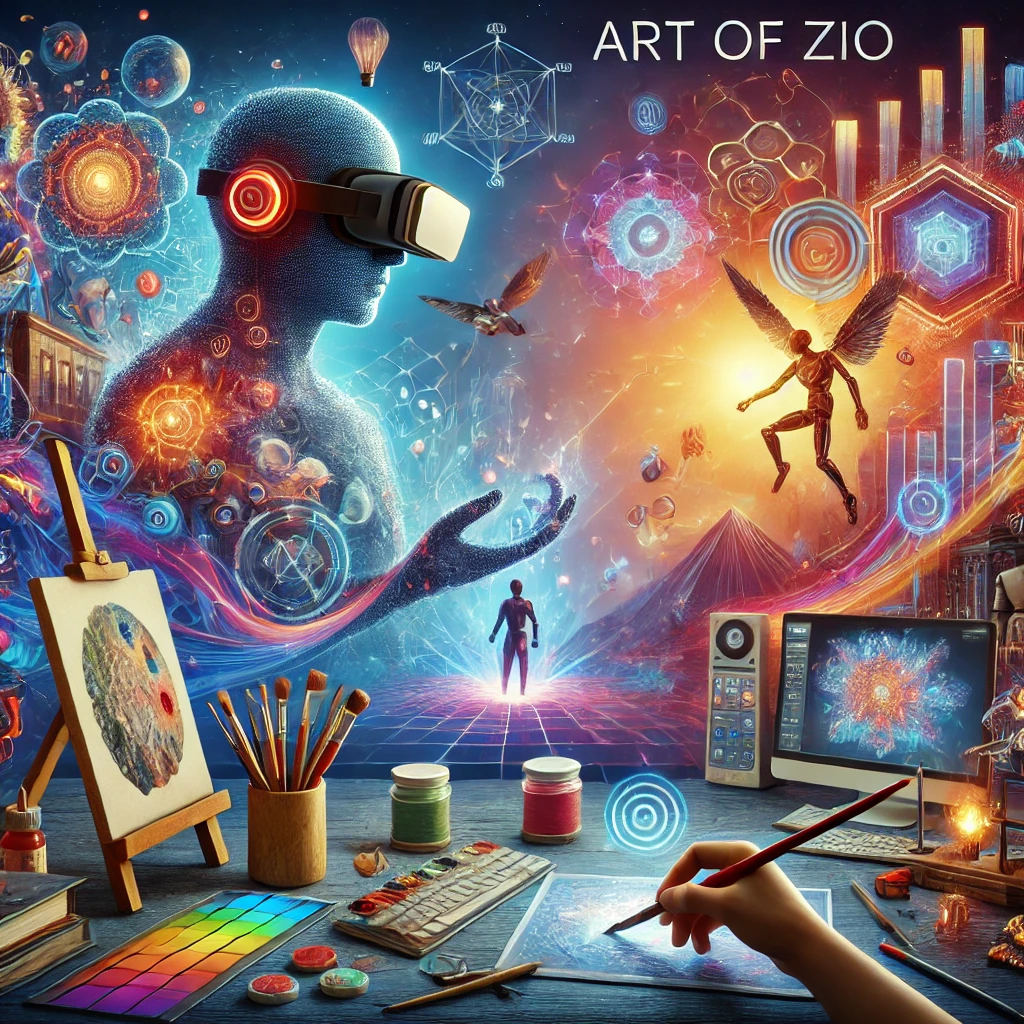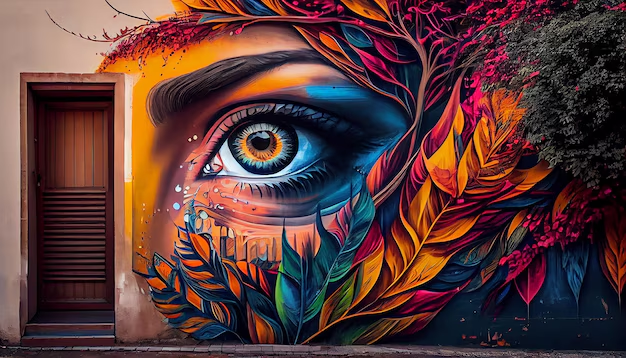Introduction
Ancient artz offers an intriguing glimpse into the social, religious, and cultural makeup of earlier societies. The creations of ancient artists, ranging from elaborate carvings to colossal sculptures, reveal their worldviews in addition to their technical proficiency. This article explores the importance of ancient art, its many manifestations, and its enduring influence.
Understanding Ancient Artz
What is Ancient Art?
Early civilizations’ creative productions, usually created before to the collapse of the Western Roman Empire (476 AD), are referred to as ancient art. These pieces are in a variety of media, including architecture, painting, sculpture, and ceramics.
Why is it Important?
- Provides insights into historical cultures.
- Showcases the evolution of human creativity.
- Serves as a record of societal values, religion, and politics.
Forms of Ancient Artz
1. Sculpture
Ancient sculptures were primarily made of stone, wood, or metal. They ranged from life-sized statues to small figurines.
- Example: The Venus of Willendorf, a Paleolithic figurine symbolizing fertility.
- Techniques: Chiseling, casting, and carving.
2. Pottery
Ceramic art was not just functional but also decorative. Pottery often featured painted motifs and designs.
- Example: Greek black-figure pottery.
- Significance: Used for storing food, ceremonial purposes, and storytelling.
3. Painting
Ancient paintings adorned the walls of caves, temples, and tombs, often depicting daily life, myths, and religious rituals.
- Example: The cave paintings of Lascaux in France.
- Methods: Fresco, encaustic, and tempera painting.
4. Architecture
Architectural marvels from ancient times reflect engineering brilliance and aesthetic vision.
- Example: The Pyramids of Giza in Egypt.
- Features: Symmetry, balance, and alignment with celestial bodies.
Notable Ancient Artz Cultures
1. Egyptian Art
Egyptian art emphasized life after death, evident in their elaborate tomb paintings and sculptures.
- Key Features: Hieroglyphics, rigid postures, and vivid colors.
- Famous Works: Tutankhamun’s mask, The Great Sphinx.
2. Greek Art
Greek artists celebrated human form and proportion, influencing Western art for centuries.
- Key Features: Realism, idealism, and harmony.
- Famous Works: Parthenon sculptures, Discobolus (Discus Thrower).
3. Indian Art
Ancient Indian art was deeply tied to spirituality, often depicting gods, goddesses, and sacred symbols.
- Key Features: Intricate carvings, storytelling motifs, and use of vibrant colors.
- Famous Works: Ajanta cave paintings, Ashokan pillars.
4. Chinese Art
Chinese art focused on harmony with nature and spiritual enlightenment.
- Key Features: Calligraphy, ink wash paintings, and jade carvings.
- Famous Works: Terracotta Army, scroll paintings.
5. Mesopotamian Art
Known as the “Cradle of Civilization,” Mesopotamian art was often political and religious.
- Key Features: Ziggurats, bas-reliefs, and cuneiform inscriptions.
- Famous Works: Ishtar Gate, Stele of Hammurabi.
Themes in Ancient Artz
- Religion and Spirituality:
- Most ancient art was created for religious purposes.
- Examples include depictions of gods, goddesses, and rituals.
- Nature and Animals:
- Ancient artists frequently represented animals, often symbolizing power or divinity.
- War and Conquest:
- Art was used to depict victories and historical events.
- Daily Life:
- Many artworks showcased the everyday life of people, including farming, cooking, and celebrations.
Preservation and Challenges
Preserving Ancient Art
- Techniques: Restoration projects, protective enclosures, and digital preservation.
- Museums: Artifacts are housed in renowned museums such as the Louvre, British Museum, and MET.
Challenges
- Natural erosion and decay.
- Looting and illegal trade.
- Damage due to war and urbanization.
Modern Influence of Ancient Artz
The legacy of ancient art continues to inspire modern artists and architects. Techniques, motifs, and principles of balance and proportion from ancient times are evident in contemporary designs and art movements.
FAQs About Ancient Artz
Q1: What materials did ancient artists use?
- Stone, clay, metals like bronze, and natural pigments.
Q2: How was ancient art different from modern art?
- Ancient art was largely functional and symbolic, while modern art emphasizes personal expression.
Q3: Which civilization produced the oldest known art?
- The oldest known art is attributed to the Paleolithic period, such as the cave paintings in Chauvet Cave, France.
Q4: Why were human figures idealized in Greek art?
- Greek artists aimed to represent the perfect form, emphasizing beauty and proportion.
Q5: How can we see ancient art today?
- Visit museums, archaeological sites, or explore virtual tours and online collections.
Conclusion
Ancient art demonstrates the inventiveness and energy of early civilizations and goes beyond simple artistic expression. We get a greater understanding of humanity’s cultural and historical foundations by studying these classic works. Ancient art provides priceless lessons and inspiration for future generations, whether it is via the magnificence of Egyptian pyramids or the fine intricacies of Indian sculptures.









